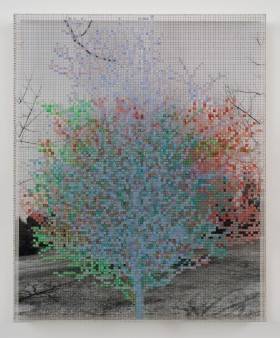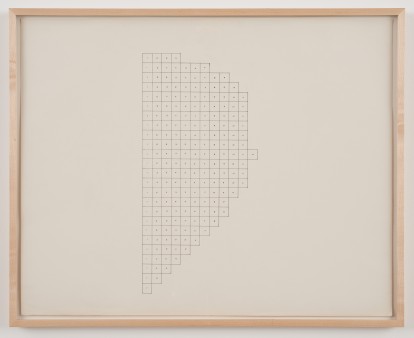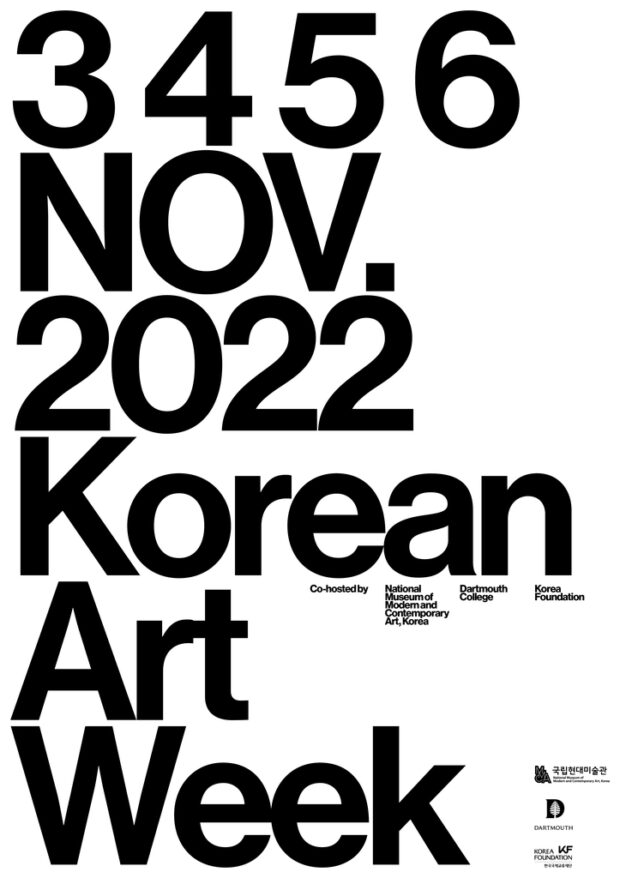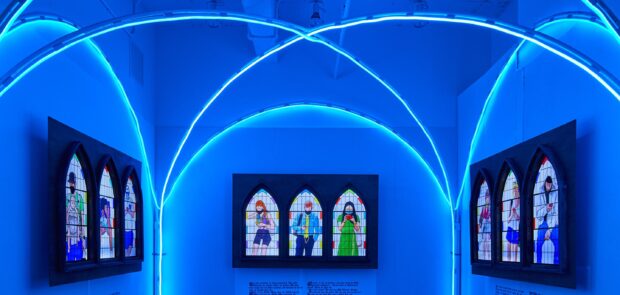The current exhibition at the Studio Museum in Harlem, Charles Gaines: Gridwork 1974-1989 (on view through October 26, 2014), encompasses an era of the artist’s work before he began confronting social content and identity head-on, as in the 1993 exhibition and publication, The Theater of Refusal: Black Art and Mainstream Criticism, which examined racial determinism in the artworld at that time. Despite the fact that the exhibition catalog and wall texts at the Studio Museum explain Charles Gaines as an artist who explores the “relationship between aesthetics, politics, language and systems,” the political and racial implications seem absent in this period of his oeuvre, or at least buried deep within systematical and conceptual thinking.

One familiar with the aim of the Studio Museum – as well as Gaines’s more contemporary works – might anticipate a different body of work, one that confronts more evidently the “influence or inspiration from black culture,” as per the Museum’s mission statement. Rather, methodology and conceptualism – an influence likely stemming from Sol LeWitt, a major influence in Gaines’s career – come to the fore. The walls of the first room of the exhibition are lined with artworks featuring massive grids, among which are the key series Regression (1973-74), Color Regression (1978), and Numbers and Trees (1986-89). The impressive scale of a majority of the work is tempered by the delicate, precise handwriting that embellishes their grids and margins. But the monumentality of Gaines’s work has less to do with its physical size than the painstaking process that produced it. As the shapes and colors in the Regression drawings vary, it becomes apparent that each is driven by arithmetical operations, building upon each other and constructing systems similar to self-referential fractals.

Photo by Robert Wedemeyer. Image courtesy the Studio Museum.
In his 1967 essay, “Paragraphs on Conceptual Art,” LeWitt wrote, “[l]ogic may be used to camouflage the real intent of the artist, to lull the viewer into the belief that he understands the work, or to infer a paradoxical situation.” Gaines can be said to take LeWitt’s cue through the extensive use of organization, which produces a visual effect that is rational, even codified. Here Gaines accesses the reductive essence of his subjects, reducing complex photographic images to a set of numbers. In his Color Regression series, photographs of trees and human faces are transmuted into grids with a limited color palette. The photographs are broken down into regimented systems of numbers and colors; their formulaic functions reiterate the reductive experience for the viewer. Through his array of numbered or non-numbered, colored or uncolored cells, Gaines attempts to tame the photograph within the grid, ultimately questioning if one can ever adequately represent nature in a rational form. The “if” matters less than the process at stake; the act of divorcing the natural form from the photographs is the true subject of the work.

The installation, wall text, and selection of works together constitute a successful show; the work proves intricate and impressive vis-à-vis Gaines’s unexpected and immense diligence with conceptual strategy, demonstrating that Gaines is an artist with a powerful mind and approach to conceptual art.






Be First to Comment